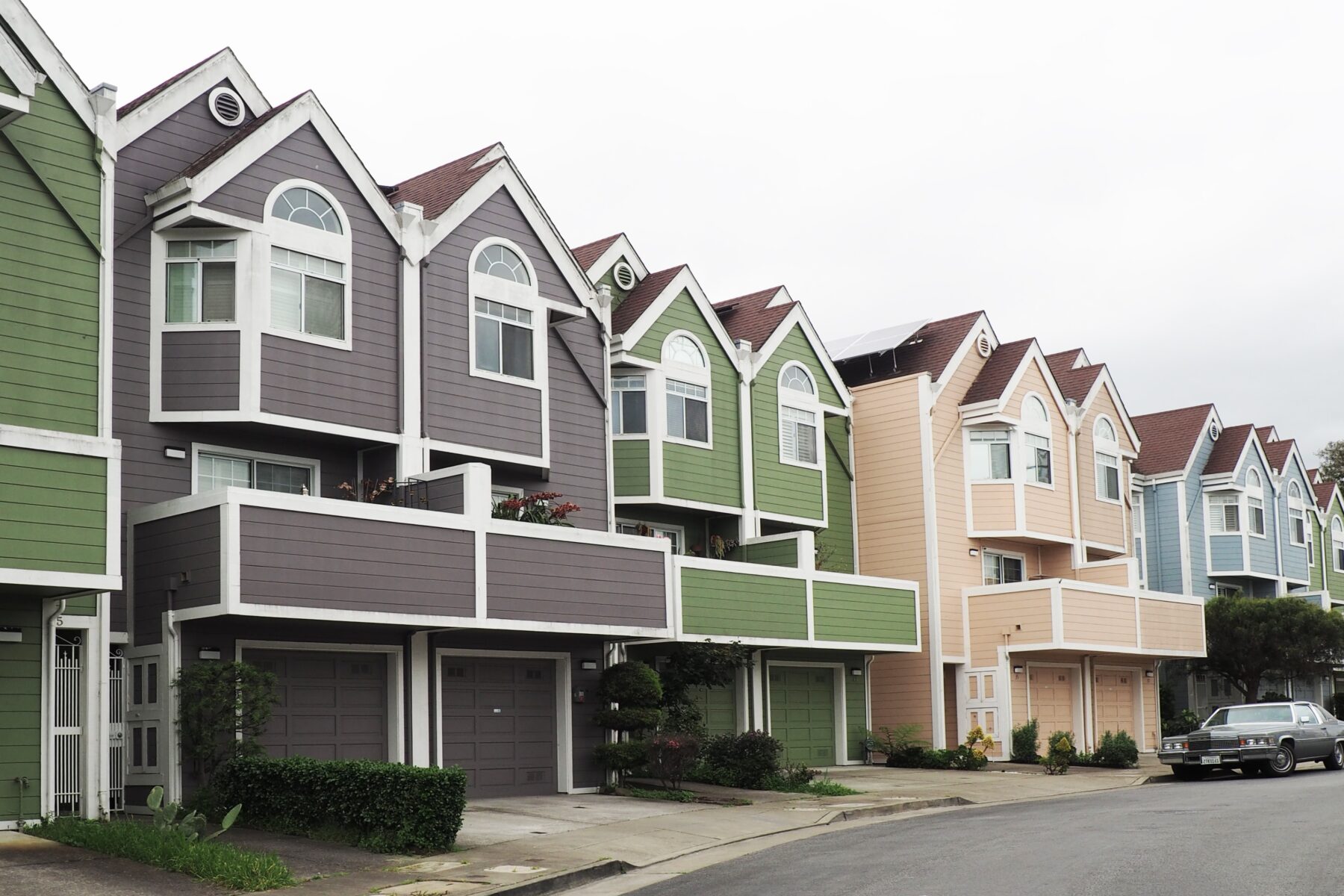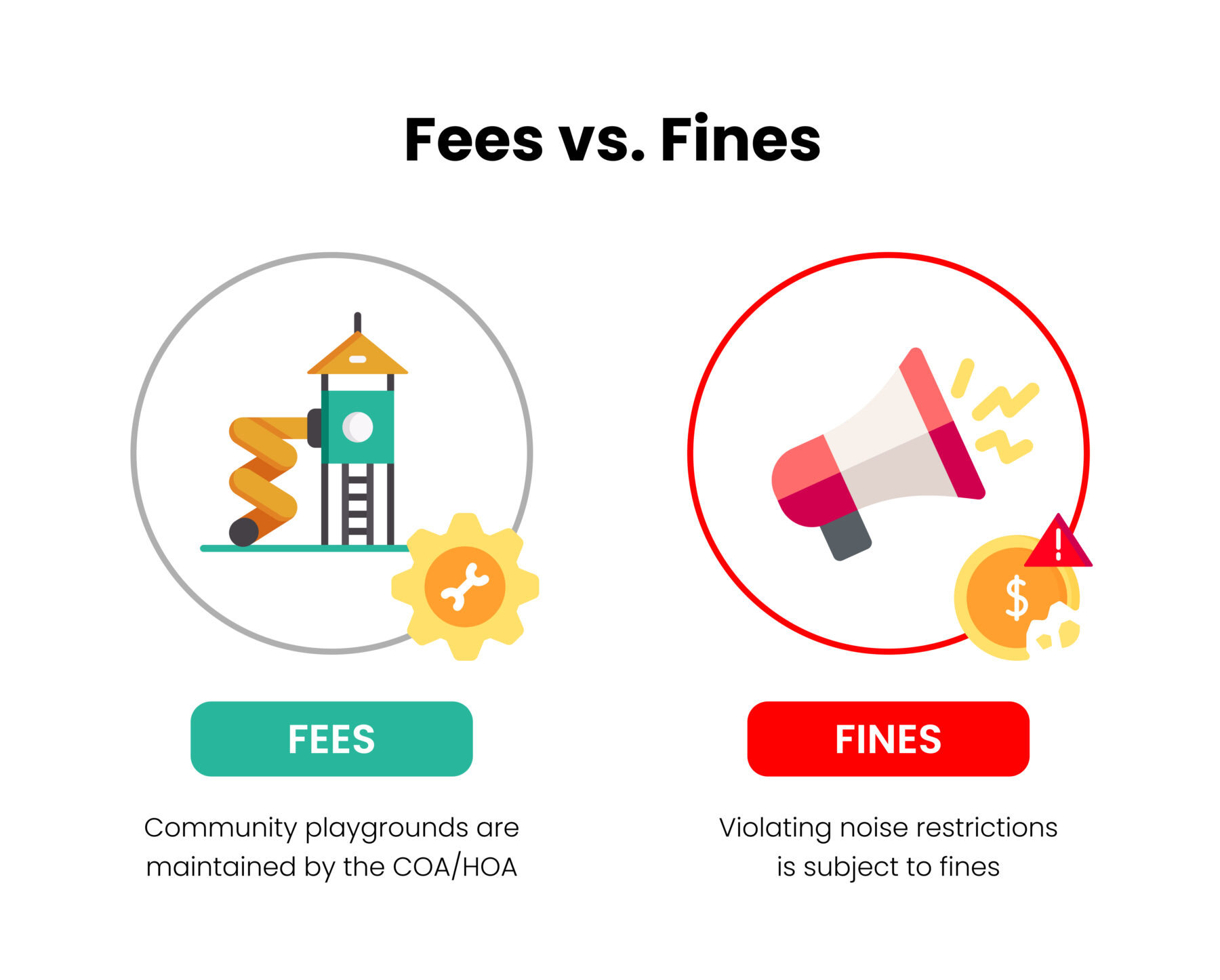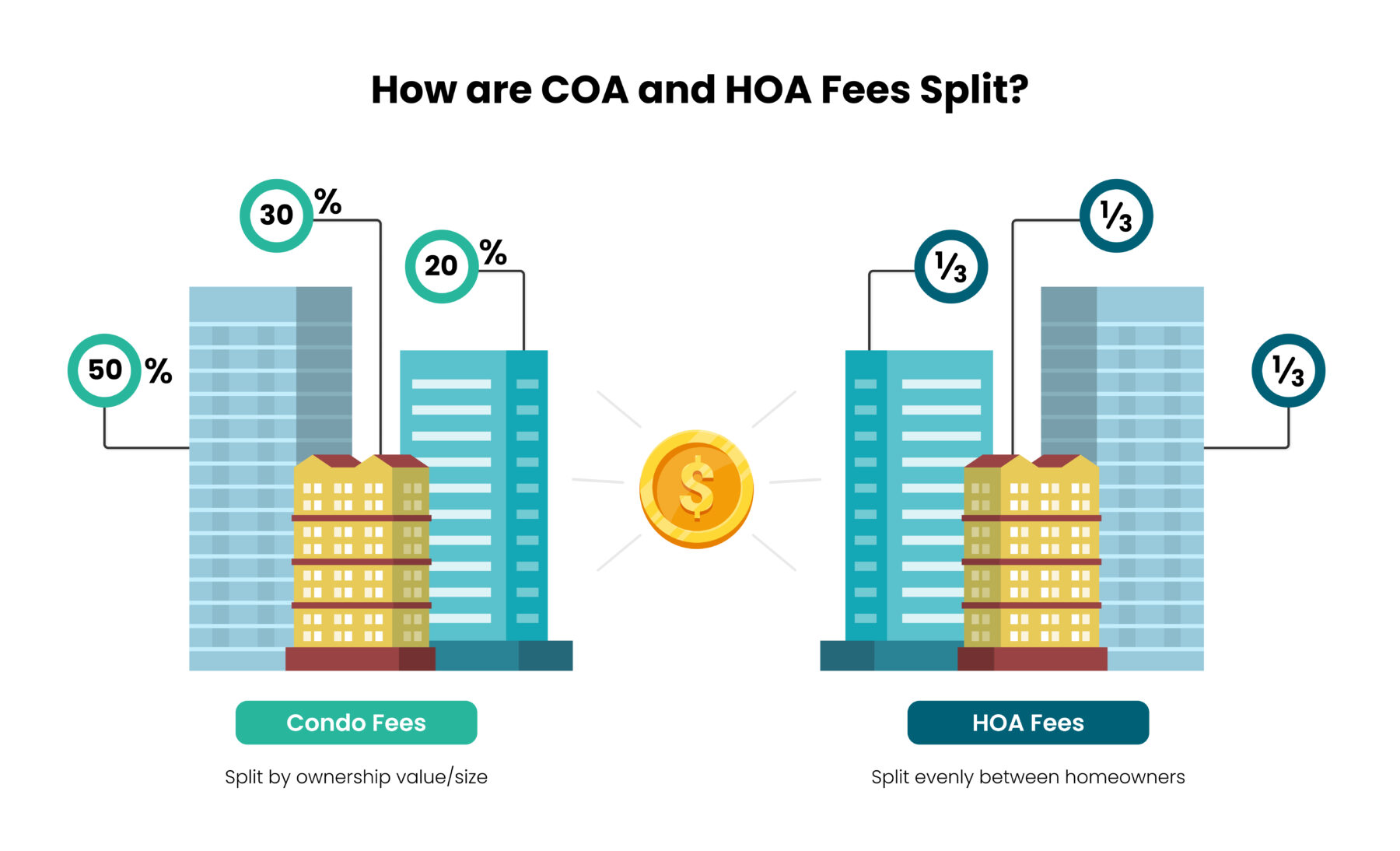What’s more tedious than dealing with an HOA?
Nothing, right?
Well, imagine that instead of dealing with an HOA association managing 10 houses on the block, you have to deal with a COA or Condo Owners Association that manages 100 apartment units in a building.
That’s the case for most SFR investors. For condominium owners, the allure of condominiums often comes with a twist: the stringent, sometimes bewildering rules of COAs.
Then there’s the world of condo fees—a web of financial commitments tied to a myriad of services and community maintenance.
The plot thickens when you consider the unique ownership structures in condos. Here, shared responsibilities mix with individual ownership, creating a dynamic, often intricate landscape of communal living.
This contrasts starkly with HOA communities, where the lines between personal and collective responsibilities can be surprisingly fluid.
Navigating this maze isn’t just about money; it’s about understanding the nuances of community living and investment.
So, let’s look at the differences between HOA and COA fees.
What Are Condo Fees?

Before we look at condo fees, let’s first straighten out what condos are.
A condominium, often referred to as a condo, is a type of residential structure composed of multiple individual units, where walls are typically shared between neighboring units. Ownership in a condominium setup is unique in that residents own the interior of their specific units, while the common areas and amenities of the building are under shared ownership among all unit owners.
Condo fees, maintenance fees, or strata fees (as they’re also known) are payments required by the Condominium Association. Each Condo Association is responsible for determining the condo fees that owners should pay. These fees are used to cover the costs associated with maintaining and improving shared spaces within the condominium complex.
The financial responsibility for these costs is shared among condo owners. These charges are often proportional to the size of an individual’s unit. This means that the owners of larger condos typically contribute more towards these fees. The condo association fees are mandatory, and if a condo owner doesn’t pay, they may face late fees, penalties, or even legal action.
What Are HOA Fees?

In contrast, Homeowners Association (HOA) Fees are charges imposed on homeowners within a particular community. The fees and rules of an HOA are usually dictated and set by the Homeowner Association. The fees are used to cover the cost of maintaining and enhancing shared spaces within the community.
The HOA fees also ensure compliance with community standards and covenants, conditions, and restrictions (CC&Rs). The scope and nature of these shared spaces can be quite different. Like condo fees, HOA fees are mandatory, and homeowners who don’t pay may face late fees, penalties, or even legal action.
Condo Fees Vs. HOA Fees—Differences
While both condo fees and HOA fees go towards maintaining and enhancing shared spaces, the nature of these shared spaces and the extent of ownership differ. This results in some key differences in how a COA assesses and uses the COA fees.
Condo Fee Coverage
The condo fees typically cover a variety of purposes, including:
- Maintenance of common areas such as gyms, swimming pools, courtyards, or lounges
- Maintenance of the building’s exterior, including landscaping
- Provision of services like security, recycling, and waste management
- Covering the master insurance policy for the whole property
- Parking
- Condo amenities
- Creation of a reserve fund for significant future expenses or emergencies
HOA Fee Coverage
The HOA fees, on the other hand, take care of:
- Maintenance of shared spaces like parks, walking trails, and community centers
- Provision of services like recycling and trash removal
- Provision of services like snow removal and road maintenance
- Repairing neighborhood amenities
- Setting a reserve fund for significant community projects or unexpected costs
Ownership Condo vs HOA

Condos and HOAs have different ownership structures, which influences how associations assess the fees and divide responsibilities for maintenance and repairs.
In a condominium setting, each owner has individual ownership of their interior space and shared ownership of the building’s common areas. In an HOA, homeowners own their homes, but the HOA manages shared spaces within the community.
Fee Amount
Generally, condo fees are higher than HOA fees. This is primarily because condo owners share ownership of the entire building, including its common areas and its amenities. The monthly condo fee also covers maintaining common areas.
In contrast, homeowners in an HOA are responsible only for the repairs of their own homes. Their monthly HOA fees cover only the maintenance of shared areas.
Both condo fees and HOA fees can be subject to assessments for unforeseen expenses such as major repairs or improvements. However, condo owners may have a higher risk of facing assessments since they are responsible for maintaining their units as well as shared areas.
Additionally, condo associations may also have a reserve fund specifically set aside for future repairs and maintenance.
What Is the Difference Between Fees and Fines?

Fees and fines, particularly in the context of condominiums and HOAs, serve different purposes and have distinct implications for residents.
Condo fees are regular, planned monthly payments made by condo owners. The condo association typically determines these fees. They are used to cover the costs of repairs, maintenance, and improvements of common areas, as well as utilities and insurance for the building’s exterior and common spaces. They may also contribute to a reserve fund for future large-scale repairs or emergencies.
Fines, in contrast, are monetary penalties imposed on residents for violations of the rules or standards set by the condo or HOA board. These rules can range from noise restrictions to pet policies, and fines are used as a tool to ensure compliance and maintain the standard of living within the community. Fines are not regular payments but are incurred only when a resident breaches a rule.
HOA fees, similar to condo fees, are also used for maintenance and repairs of common areas in a community, such as parks, swimming pools, and clubhouses.
Additionally, they often include services like trash removal and sometimes even security services. However, HOAs are generally more encompassing in terms of the areas they cover and the services they provide compared to COAs.
It’s important to note that the structure and enforcement of fees and fines can vary significantly between different condos and HOAs. The specific details are usually outlined in the association’s governing documents, like the bylaws or the declaration of covenants, conditions, and restrictions (CC&Rs).
Assessment of Condo and HOA Fees

Condo fees are typically determined and charged based on the size of a condo and the share of the common areas for each owner. HOA fees are usually split equally among homeowners unless there is a significant difference in the size of a home or plot of land.
Both condo and HOA fees are subject to change and can increase due to rising maintenance costs, unexpected repairs, or additions to the community amenities. In some cases, condo and HOA owners may be charged a special assessment. A special assessment is considered a fee, not a fine, and can cover significant repairs or unexpected costs.
The process of determining these fees involves careful budgeting and financial planning by the condo or HOA board. They may conduct periodic reviews of expenses and reserve funds to ensure that the collected fees adequately cover the community’s needs.
It’s also common for associations to hold annual meetings where budget and fee changes are discussed and approved by the board, often with input from residents. You should also be aware that while regular fees cover ongoing maintenance, special assessments are typically one-time charges for specific projects, and they can vary greatly depending on the community.
How are Condo and HOA Fees Split?

In an HOA, the practice is for every homeowner to contribute an equal share toward the upkeep of common areas. This equal split comes from the fact that all homeowners benefit similarly from these shared spaces, regardless of their property’s size.
In contrast, COAs typically base fees on the size or value of each unit. Owners of larger condos or those with a greater stake in common areas often pay higher fees. This proportional approach assumes that larger units place more demand on resources and amenities.
The specific rules for fee calculation in condos are usually detailed in the association’s bylaws or declaration, often using terms like “percentage of ownership” or “unit factor.” Understanding these fee structures is crucial for potential investors in both HOAs and condos, as they significantly affect the ongoing cost of residency. Thoroughly reviewing these governing documents to grasp their financial commitments is crucial.
Conclusion

Understanding the nuances between condo and HOA fees is essential in guiding your clients effectively through the intricacies of their financial obligations.
Whether it involves navigating the proportional fee structures of a condominium or the equal split approach in an HOA, a clear understanding of these fees is pivotal.
This knowledge not only aids in demystifying the financial aspects of property ownership for your clients but also ensures a smoother and more successful transaction.
As a real estate professional, your ability to clarify these differences and their implications can significantly enhance your clients’ confidence and satisfaction in their property investment decisions.
Sign up for our blog, where you can find breakdowns, cheat sheets, and quick steps on turning your work with property associations into a well-oiled machine.